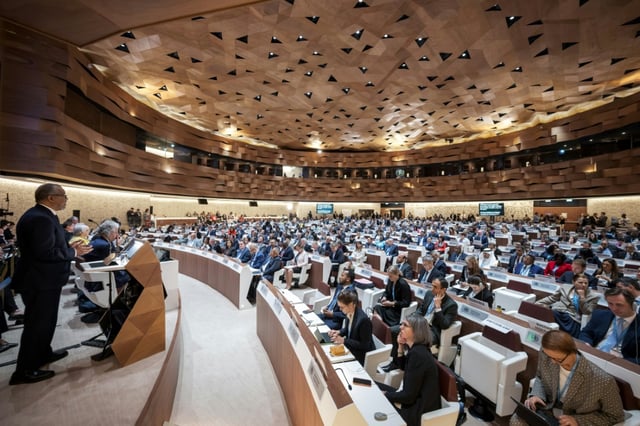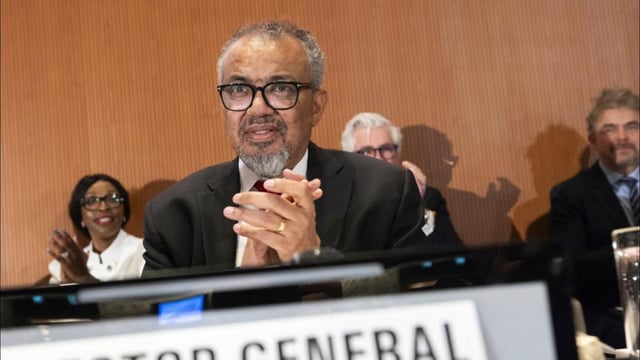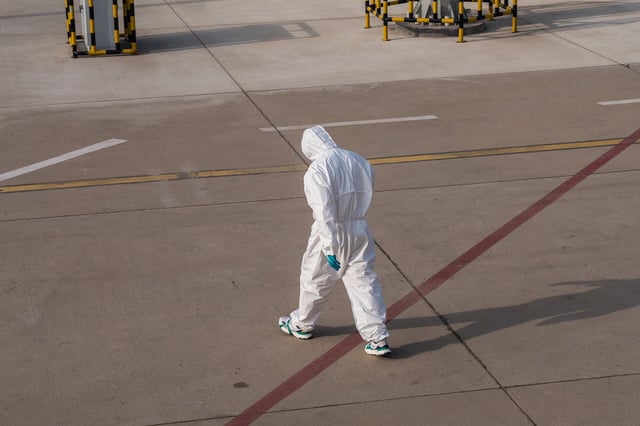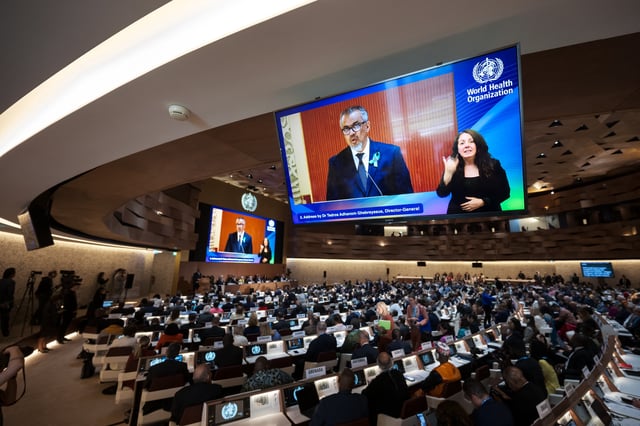Overview
- The Pandemic Agreement was formally adopted at the 78th World Health Assembly in Geneva on May 20, 2025, with 124 votes in favor and 11 abstentions.
- The treaty focuses on enhancing global coordination, real-time disease surveillance, and equitable distribution of vaccines, therapeutics, and diagnostics during pandemics.
- A Pathogen Access and Benefit-Sharing (PABS) mechanism will be negotiated by May 2026 to ensure fair access to health resources, with 20% of production allocated to low-income nations.
- The agreement explicitly preserves state sovereignty, ensuring WHO cannot override national laws or impose mandates such as lockdowns or vaccine requirements.
- The United States remains outside the agreement following its withdrawal from WHO, raising concerns about funding gaps and global health collaboration.



